Health
New York resident dies from mosquito-borne disease as experts warn of widening risk
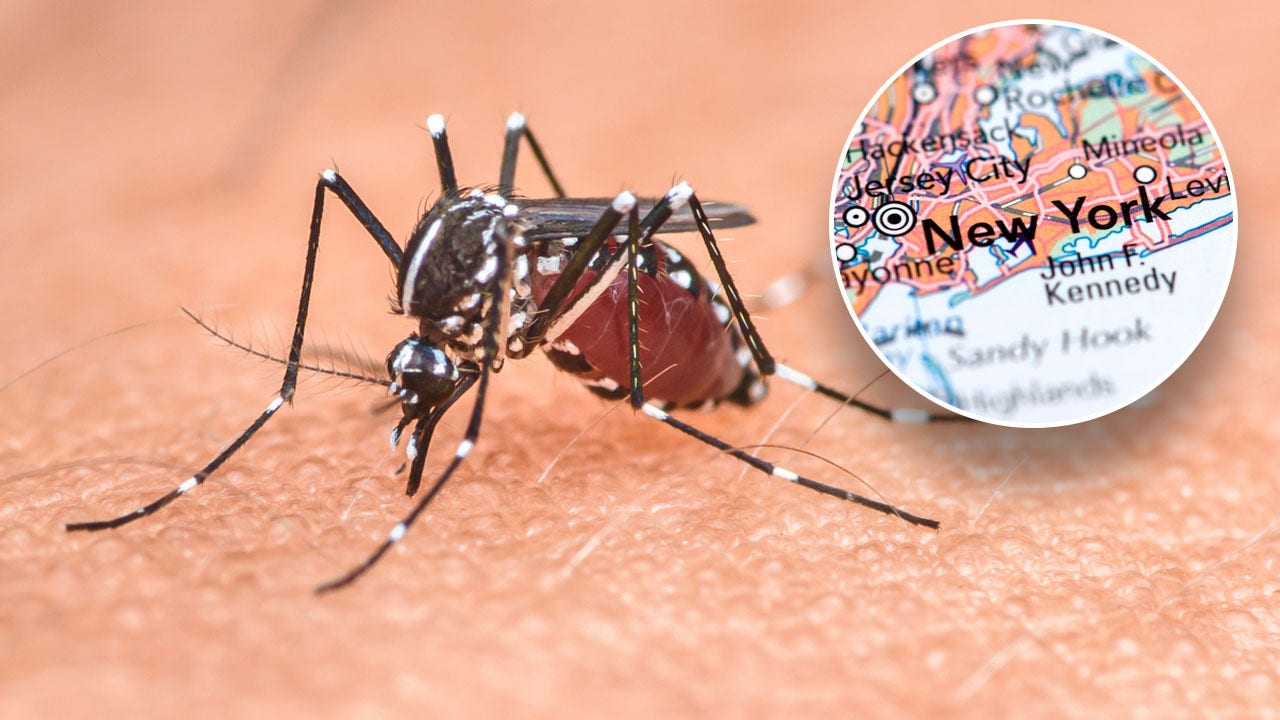
New York has reported the state’s first death from Eastern equine encephalitis (EEE), a disease that spreads through bites from mosquitoes.
The patient was the first person to contract EEE in New York since 2015, according to a press release issued by the state on Monday.
“Keeping New Yorkers safe is my top priority,” Governor Hochul said in a statement.
WHAT IS EEE, THE MOSQUITO-BORNE DISEASE THAT KILLED A NEW HAMPSHIRE MAN?
“Following the first confirmed human case of EEE, my administration took statewide action to help protect communities – and with today’s declaration, we’re making more state resources available to local departments to support their public health response.”
New York has reported the state’s first death from Eastern equine encephalitis (EEE), a disease that spreads through bites from mosquitoes. (iStock)
“We’ve been informed this patient has passed away from EEE; we extend our sympathies and our hearts go out to their family.”
State Health Commissioner Dr. James McDonald has declared EEE an imminent threat to public health, which will make more resources available for prevention measures, such as spraying to reduce mosquitoes.
NORTHEASTERN TOWNS ISSUE VOLUNTARY LOCKDOWN TO PREVENT SPREAD OF MOSQUITO-BORNE DISEASE
The state has announced plans to expand access to insect repellent in parks and campgrounds, and is encouraging New York residents to take steps to protect against mosquito-borne illness.
What is EEE?
Eastern equine encephalitis is caused by a virus that is spread through the bite of an infected mosquito, according to the Centers for Disease Control and Prevention (CDC), which describes EEE as a “rare but serious disease.”
Only a few cases are reported in the U.S. each year, most in the Eastern or Gulf Coast states, the agency states on its website.
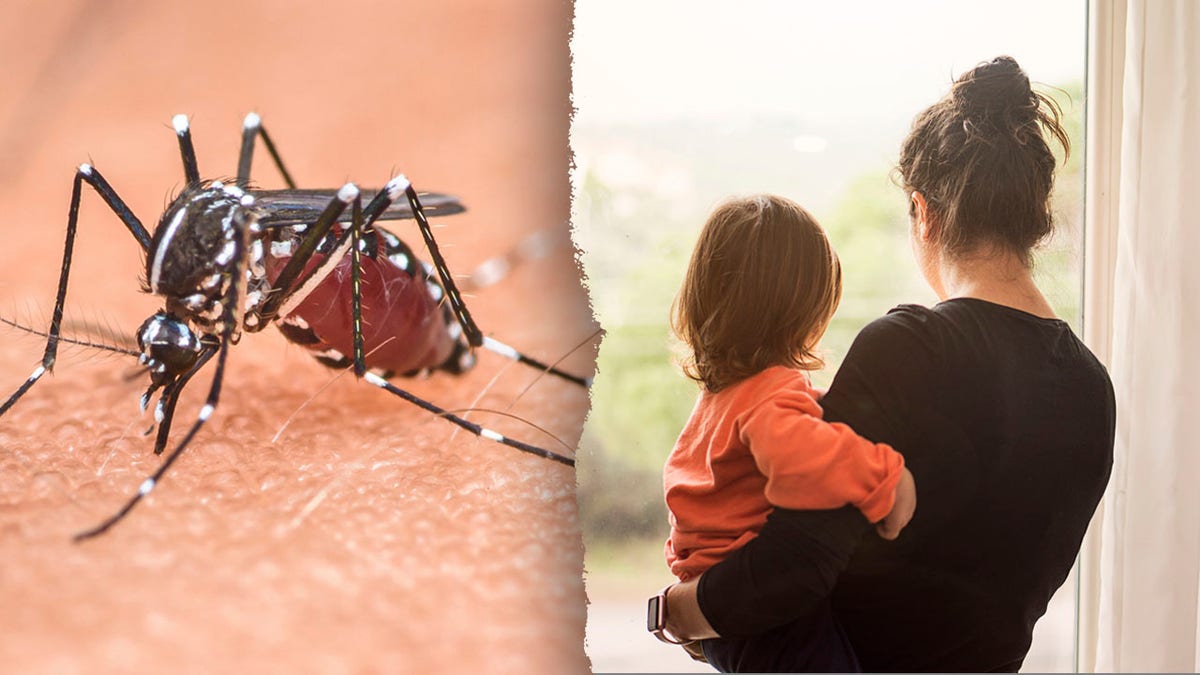
Some Northeastern towns have enacted voluntary lockdowns due to the rise in EEE cases. (iStock)
Humans and other animals that contract the virus are considered “dead-end hosts,” the CDC states, which means they can’t spread it to mosquitoes that bite them.
“EEE is only spread to humans via a mosquito bite, and cannot be transmitted directly by other humans or horses,” Dr. Kurt Vandock, PhD, a public health expert and VP of strategic growth for Mosquito Squad, told Fox News Digital.
The patient was the first person to contract EEE in New York since 2015.
Common symptoms of EEE include fever, vomiting, diarrhea, headache, stiff neck, seizures, behavioral changes and drowsiness.
These usually appear five to 10 days after being bitten.
“Most people have no symptoms; others get only a mild, flu-like illness with fever, headache and sore throat,” Vandock said.
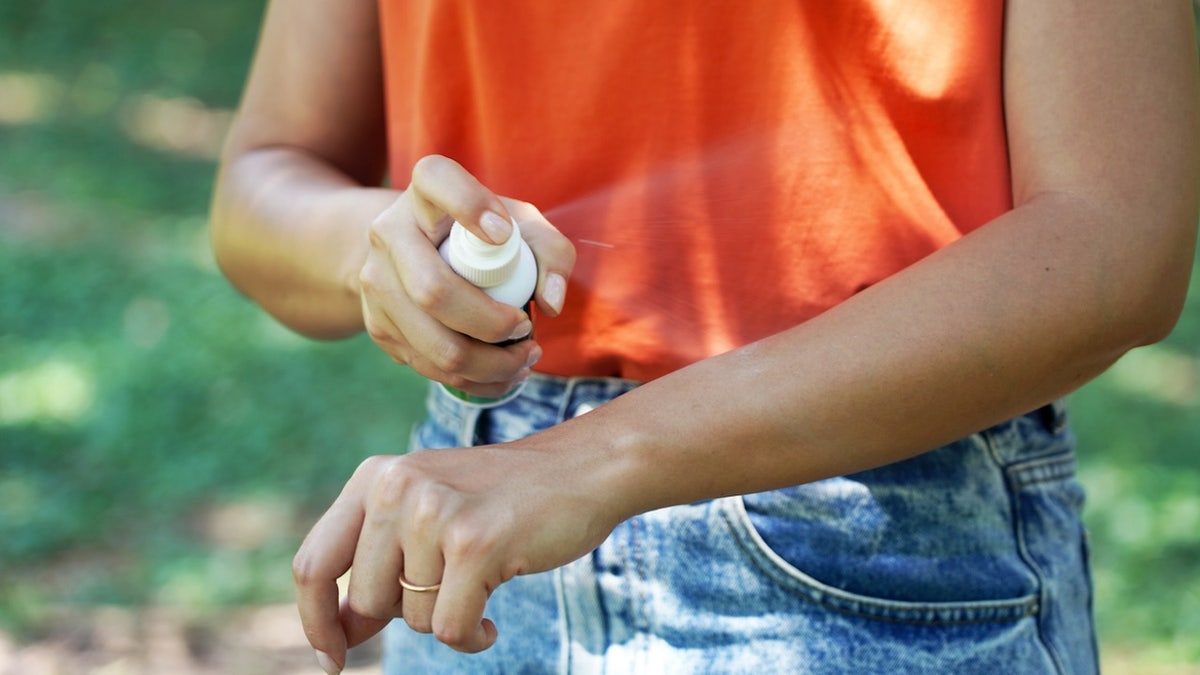
Using insect repellents that contain DEET can help to protect against mosquito bites, experts say. (iStock)
“For people with an infection of the central nervous system, a sudden fever (103º to 106º), severe headache and stiff neck can be followed quickly by seizures and coma.”
The disease can be deadly, resulting in fatalities for 30% of infected people. It can also lead to chronic neurological deficiencies, per the CDC.
ANTHONY FAUCI’S WEST NILE VIRUS DIAGNOSIS: WHAT TO KNOW ABOUT THE MOSQUITO-BORNE DISEASE
“The best way to confirm any illness is with an approved and accurate test administered by a medical professional,” said Vandock.
“Eastern equine encephalitis is a serious disease with symptoms occurring fast,” he warned.
“If you live in an area with noted EEE activity and have flu-like symptoms after being bitten by a mosquito, you should seek medical care immediately.”
Concerns of wider infection
In addition to New York, other states that have reported human EEE cases include Massachusetts, Vermont, New Jersey, Rhode Island, Wisconsin and New Hampshire.
“Anytime life is put at risk by vector-borne disease, we are concerned,” Vandock said.
“As viral loads increase and transmission rates follow this trend, it is a sign that interventions are necessary to help reduce the risk of transmission,” he went on.

Common symptoms of EEE include fever, vomiting, diarrhea, headache, stiff neck, seizures, behavioral changes and drowsiness. (iStock)
“One case of any vector-borne disease is one too many.”
As far as why cases have been more prevalent in northeastern states, Vandock said there’s no simple answer.
“Conducive weather patterns, high population density, the heavy presence of the primary vector and seasonality — coinciding with increased outdoor activity — can create the perfect storm for rapid transmission,” he said.
“One case of any vector-borne disease is one too many.”
The black-tailed mosquito (Culiseta melanura), the primary vector of EEE, can be found in large numbers in the Northeastern United States, according to Vandock.
“It is known to feed mainly on birds, but does not typically feed on humans,” he said. “As a result, the transmission of EEE to humans and horses is generally thought to occur via ‘bridge vectors,’ which contract the virus from infected birds and can then pass the virus on to other hosts.”
The mosquitoes that act as “bridge vectors” can be found in the Northeast areas where transmission is occurring, the expert noted.
The risk of contracting the EEE virus is highest during the summer months — especially toward the end of summer, when people go back outdoors as temperatures cool, Vandock said.
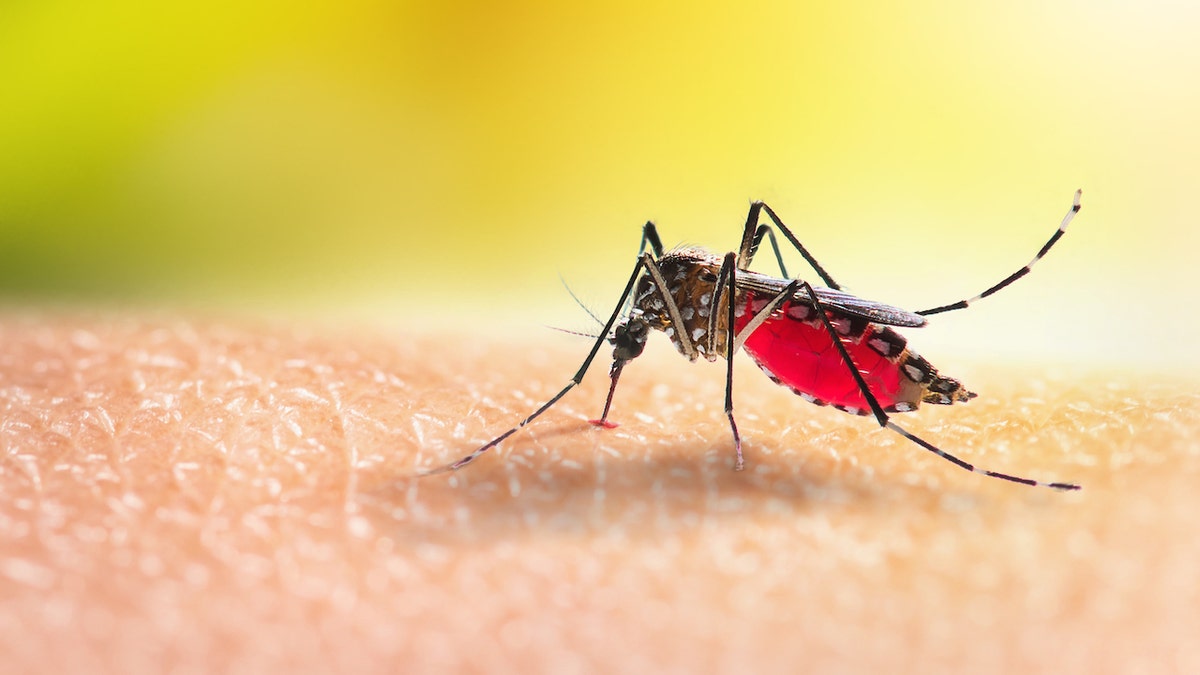
The mosquitoes that act as “bridge vectors” can be found in the Northeast areas where transmission is occurring, an expert noted. (iStock)
“Anyone who lives or works close to wetlands and swamps is also at an increased risk,” he said.
The Midwest saw a similar outbreak of EEE in 2019 in Michigan, Vandock noted, as many schools canceled after-school activities after numerous fatalities from the disease.
CLICK HERE TO SIGN UP FOR OUR HEALTH NEWSLETTER
“Current trends suggest that with increasing globalization, population densities, ranges of competent hosts and a favorable climate, the occurrence of EEE and other vector-borne diseases will increase,” he added.
Dr. Marc Siegel, senior medical analyst for Fox News and clinical professor of medicine at NYU Langone Medical Center, said he is not concerned by the increase in cases.
“It is still a very slight uptick, and it is confined to mosquito transmission,” he told Fox News Digital, adding that he only anticipates “sparse cases” in other parts of the country.
Treatment and prevention
There is currently no vaccine for Eastern equine encephalitis, and supportive care is the only means of treating symptoms.
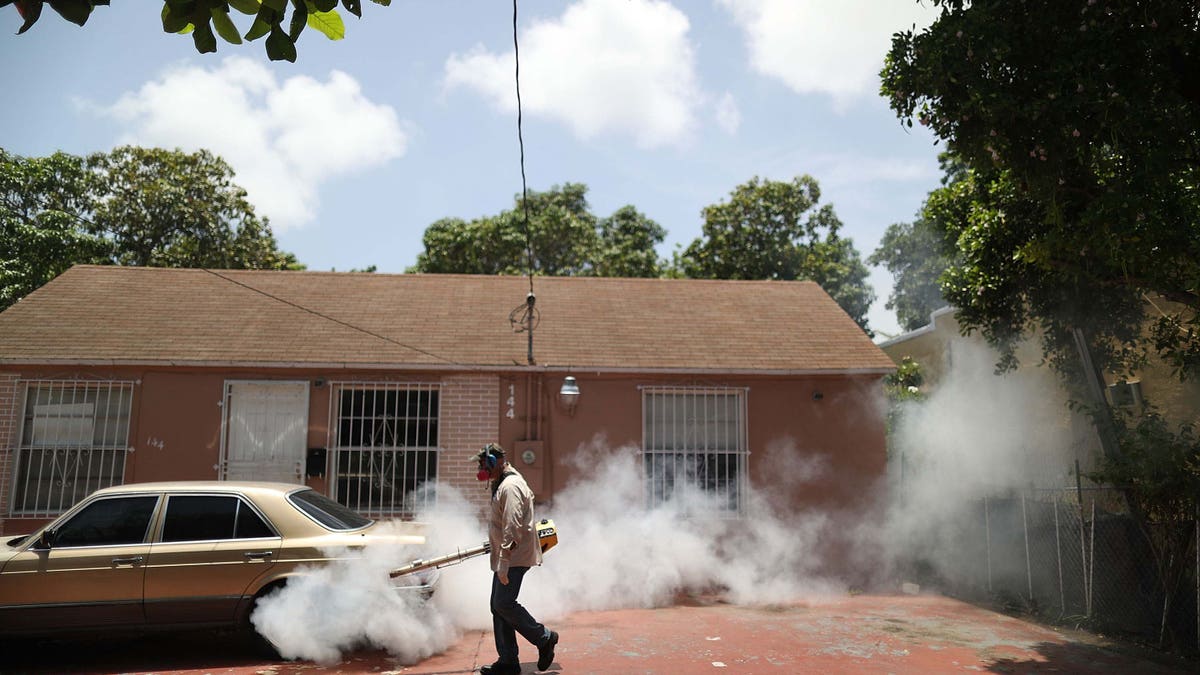
A mosquito control inspector sprays pesticide to kill mosquitos amid a Zika virus outbreak in Miami, Florida, in 2016. (Getty Images)
Educating the public about the risk, encouraging mosquito repellent use, and spraying to control the mosquito population are the best ways to prevent infection, according to experts.
For more Health articles, visit www.foxnews.com/health
The state of New York issued the following recommendations for prevention.
- Wear long sleeves, pants and socks when outdoors during periods of high mosquito activity, such as dusk or dawn.
- Use insect repellents that contain DEET.
- Ensure that there are screens in all windows and doors.
- Eliminate standing water in outdoor areas where mosquitoes tend to breed.

Health
Kristen Lost 55 Lbs With Zepbound After Breast Cancer

Use left and right arrow keys to navigate between menu items.
Use escape to exit the menu.
Sign Up
Create a free account to access exclusive content, play games, solve puzzles, test your pop-culture knowledge and receive special offers.
Already have an account? Login
Health
Hoda Kotb reveals daughter's concerning diagnosis influenced her exit from 'Today'

Hoda Kotb, longtime host of NBC’s “The Today Show,” is speaking out about the deeper reasons she decided to leave her post.
Kotb returned as a guest on Wednesday for the first time since her departure from “Today” in January.
During the appearance, she revealed that her younger daughter, Hope, 6, was diagnosed with type 1 diabetes.
WEIGHT LOSS, DIABETES DRUGS CAN CAUSE MOOD CHANGES: WHAT TO KNOW ABOUT BEHAVIORAL SIDE EFFECTS
Kotb, 60, noted that spending more time with both her daughters, including Haley, 8, was one of her motivations for leaving.
She told TODAY.com that Hope’s condition “definitely weighed in.”
Hoda Kotb is pictured with her daughter, Hope Catherine, on Jan. 10, 2025. (Nathan Congleton/NBC via Getty Images)
“As anyone with a child who has type 1, especially a little kid, you’re constantly watching, you’re constantly monitoring, you’re constantly checking, which is what I did all the time when I was [at ‘Today’],” she said. “You’re distracted.”
“You’re constantly watching, you’re constantly monitoring, you’re constantly checking.”
“You just get a priority check in your life,” Kotb expressed to co-anchors Savannah Guthrie and Craig Melvin during the segment. “I can be here and sweating what’s happening to Hope in the morning and in the night, or I can be there and feel relief.”
Kotb stressed that she tries not to “put her worry” on Hope, adding that her daughter is “fine for most of the day.”
DIABETES ‘REWIRES’ THE BRAIN IN SURPRISING WAY, STUDY FINDS
“There are just moments where you have to watch her,” Kotb said. “I was totaling it up — five minutes at breakfast, five minutes at lunch, five minutes at dinner, sometimes overnight.”
“Add that up, that’s a half-hour. So, for 23 ½ hours, she’s every other kid. So, I try to remember that.”

Hoda Kotb is pictured with daughters Hope and Haley Joy on her last day at “The Today Show” on Jan. 10, 2025. (Nathan Congleton/NBC via Getty Images)
The Cleveland Clinic defines type 1 diabetes as a chronic autoimmune disease that prevents the pancreas from producing insulin.
This requires daily management with insulin injections and blood sugar monitoring.
CLICK HERE TO SIGN UP FOR OUR HEALTH NEWSLETTER
Type 1 vs. type 2 diabetes
Type 1 diabetes occurs when the immune system “mistakenly attacks and destroys cells” in the pancreas, which can happen over months or years, the above source stated.
Symptoms of type 1 diabetes can include excessive thirst and hunger, frequent urination, unexplained weight loss, fatigue, blurred vision and slow healing of cuts and sores.
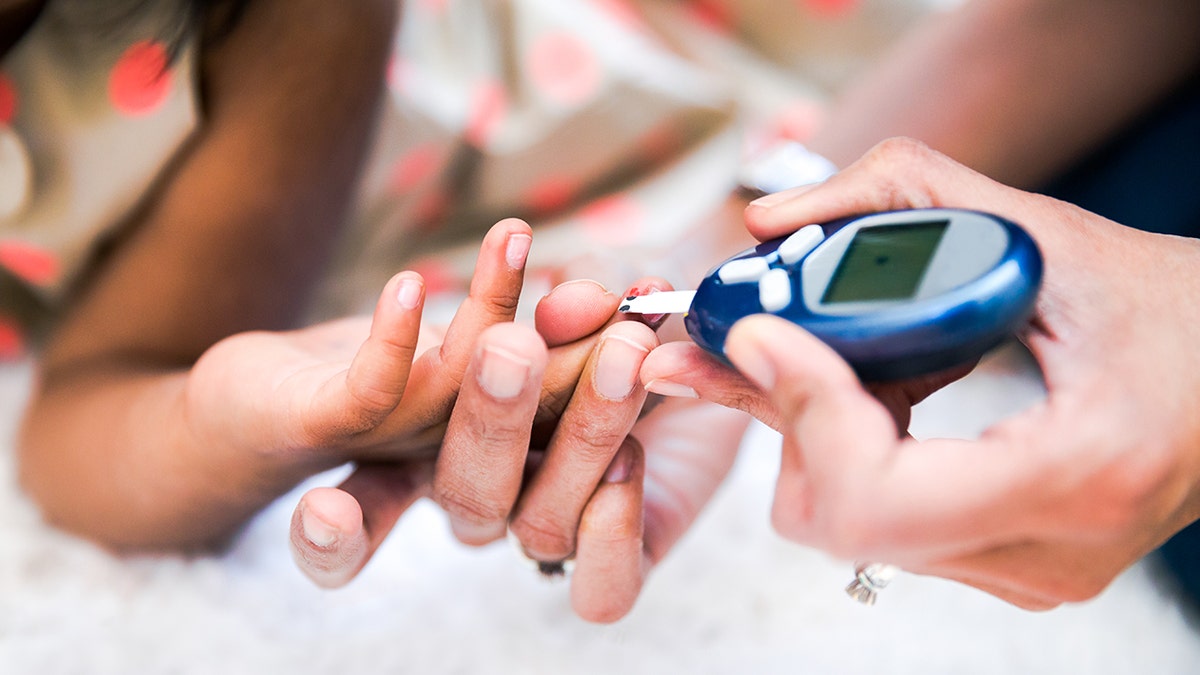
Type 1 diabetes requires daily management with insulin injections and blood sugar monitoring. (iStock)
In comparison, type 2 diabetes involves insulin resistance. This can cause the pancreas to not produce enough insulin and the body to not use the insulin as it should.
For more Health articles, visit www.foxnews.com/health
Obesity and lack of exercise, among other lifestyle and genetic factors, can contribute to the development of type 2 diabetes, according to experts.
Type 2 diabetes is more common than type 1 and is more likely to occur in older adults, while type 1 is most prevalent in children and young adults.

Hoda Kotb is pictured on “The Today Show” on Monday, Jan. 6, 2025. (Nathan Congleton/NBC via Getty Images)
Kotb shared with TODAY.com that Hope’s early symptoms mimicked the flu and were so severe that she had to be “raced” to the hospital.
“Let them be kids and give them what they need when they need it.”
Now that Kotb knows how to handle Hope’s condition, she’s offering her space to be a regular kid, she said.
“Don’t put your worry on your kid,” she advised fellow parents.
“Watch them, but don’t put your worry on them. Let them be kids and give them what they need when they need it.”
Health
I Lost Over 100 Lbs and Reversed Prediabetes—Without Surgery or Ozempic!

Use left and right arrow keys to navigate between menu items.
Use escape to exit the menu.
Sign Up
Create a free account to access exclusive content, play games, solve puzzles, test your pop-culture knowledge and receive special offers.
Already have an account? Login
-

 News1 week ago
News1 week agoMaps: 3.8-Magnitude Earthquake Strikes Southern California
-

 Culture1 week ago
Culture1 week agoDo You Know the English Novels That Inspired These Movies and TV Shows?
-

 Education1 week ago
Education1 week agoVideo: Columbia University President Is Booed at Commencement Ceremony
-

 Politics1 week ago
Politics1 week agoTrump, alongside first lady, to sign bill criminalizing revenge porn and AI deepfakes
-

 Education1 week ago
Education1 week agoHow Usher Writes a Commencement Speech
-

 Politics1 week ago
Politics1 week agoExpert reveals how companies are rebranding 'toxic' DEI policies to skirt Trump-era bans: 'New wrapper'
-

 World1 week ago
World1 week agoDigitisation fronts new Commission strategy to boost EU single market
-

 World1 week ago
World1 week agoEU reaches initial deal to lift economic sanctions on Syria: Reports















